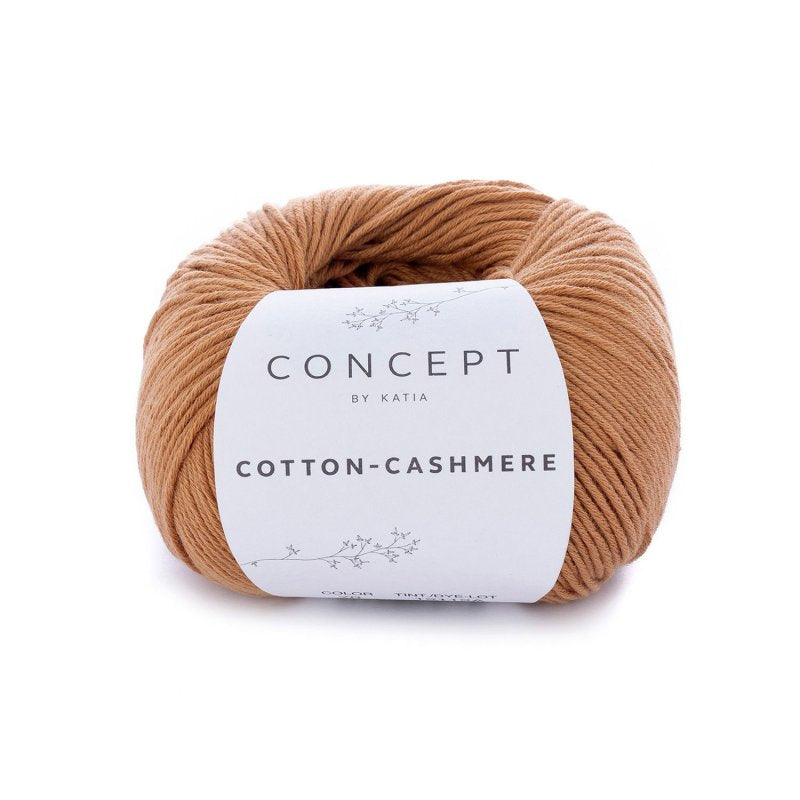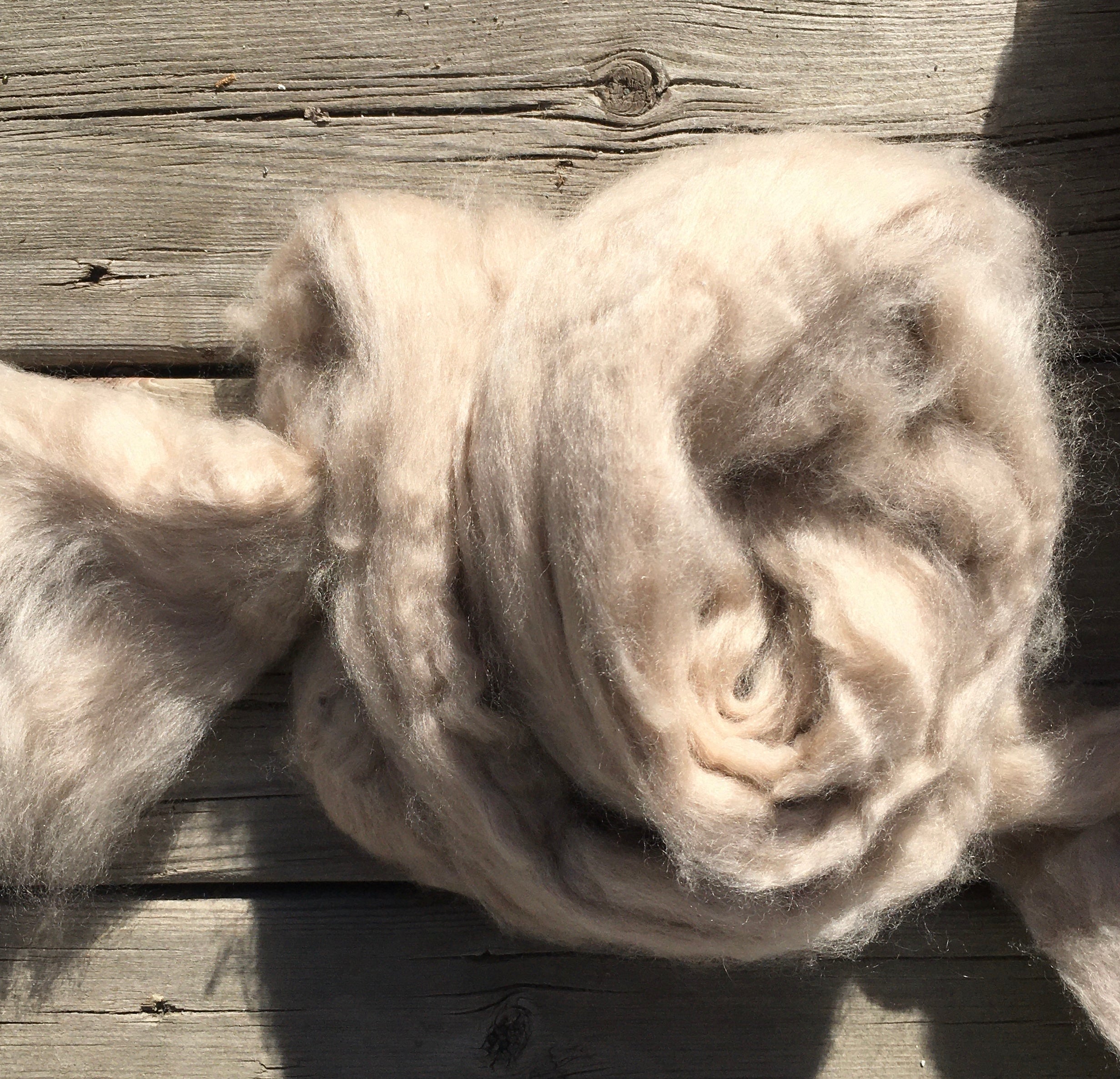The Reality Behind Is Cashmere a Natural Fiber and Its Eco-Friendly Appeal
The Reality Behind Is Cashmere a Natural Fiber and Its Eco-Friendly Appeal
Blog Article
Discover the Attraction of Cashmere a Natural Fiber: Why It's a Must-Have in Your Wardrobe
The attraction of cashmere, a deluxe all-natural fiber, goes beyond plain aesthetic appeals. From reviewing its fascinating beginning to recognizing its manufacturing process, high quality, and treatment, it's worth checking out why cashmere holds such a special location in the world of textiles.

The Beginning and History of Cashmere: A Quick Review
While many might see cashmere as a simple deluxe, its history is soaked in rich social tradition. Stemming from the Kashmir region in India, cashmere woollen has actually been created for thousands of years. The fiber is obtained from the soft undercoat of cashmere goats, gathered during their molting period.
Understanding the Special Qualities of Cashmere Fiber
Cashmere, renowned for its unique qualities, attracts attention worldwide of fabrics. This glamorous fiber is incredibly soft, offering a comfortable and comfy feeling unlike any type of various other. It is significantly warmer than wool, making it an ideal choice for winter months garments. Despite its warmth, cashmere is remarkably light-weight and doesn't add unneeded mass. This natural fiber is likewise understood for its resilience. While various other products might wear down in time, cashmere maintains its high quality, making certain lasting wear. Cashmere possesses a special aesthetic charm. Its mild gloss and elegance make it a staple in high-end fashion. Comprehending these properties clarifies why cashmere is not just a deluxe, but a worthwhile investment for any wardrobe.

The Refine of Producing Cashmere: From Goat to Garment
To appreciate the luxurious residential properties of cashmere completely, one need to understand its journey from the raw fiber to the completed item. The process begins with the cashmere goats, mainly located in Mongolia, China, and Iran. The soft undercoat of these goats, harvested during their all-natural molting period in springtime, offers the raw product. This fragile fiber is after that carefully separated from the coarser external hair in a labor-intensive procedure referred to as dehairing. The pure cashmere is after that colored, rotated into yarn, and finally knitted or woven into the desired garments. Each action is thoroughly executed to protect cashmere's significant heat, soft qualities, and resilience. This elaborate procedure results in the development of a really extravagant textile.

Translating the High Quality and Rate: Why Is Cashmere so Expensive?
The steep cost of cashmere garments usually leaves consumers asking yourself about its reason. The expenditure stems primarily from the strenuous production procedure. is cashmere a natural fiber. Cashmere stems from the fine undercoat of the cashmere goat, with each goat creating a simple 150 grams each year. The labor-intensive process of combing and gathering the uncommon fiber significantly increases the cost. The processing you could look here of raw cashmere needs both time and knowledge, with the fibers needing to be very carefully arranged, washed, and spun. In addition, the scarcity of pure cashmere, combined with its exceptional softness, warmth, and toughness, validates its luxury condition and high cost. These aspects integrated make cashmere a pricy yet extremely popular product on the planet of fashion.
Cashmere in Style: The Flexibility and Timeless Allure
Regardless of its high cost, the classic charm and flexibility of cashmere have actually strengthened its location in the world of style. The fiber's distinct texture, identified by its gentleness and warmth, has actually become synonymous with high-end and convenience. Its adaptability extends beyond seasonal fads, making it a wardrobe essential in various kinds, from sophisticated sweaters to chic headscarfs. The versatile nature of cashmere permits for its integration right into both laid-back and official attire, symbolizing its broad appeal. The fabric's withstanding popularity over the years proves to its classic charm. As patterns reoccured, cashmere remains a consistent, its allure undiminished, continuing to influence and form the fashion industry's landscape.
Taking Care Of Your Cashmere: Upkeep and Conservation Tips
Making certain the longevity of cashmere garments requires specific care and interest. These valued properties need to not be thrown right into the washing device with routine laundry. Instead, hand washing with gentle, pH-neutral soap in lukewarm water is recommended. After washing, they ought to not be wrung out. Instead, they must be carefully pushed between towels to take in excess water, then laid flat to dry. Regular cleaning with a cashmere comb can prevent pilling. Saving these items in a great, completely dry area, ideally in a breathable bag, can secure them from moths and moisture (is cashmere a natural fiber). An occasional airing outside, away from direct sunshine, can rejuvenate the fibers. With these upkeep and preservation pointers, one can guarantee their cashmere continues to be long lasting and luxuriously soft.
Final Thought
Cashmere, with its unequaled this link gentleness and warmth, supplies both high-end and resilience. Its origin from the Kashmir area and meticulous manufacturing process contribute to its premium appeal and cost. Its flexibility in vogue and sustaining appeal make it a click here for more worthwhile financial investment for any closet. With proper treatment and preservation, cashmere garments can last for several years, providing an unique mix of comfort, design, and quality. Discover the attraction of cashmere and elevate your style arsenal.

Report this page